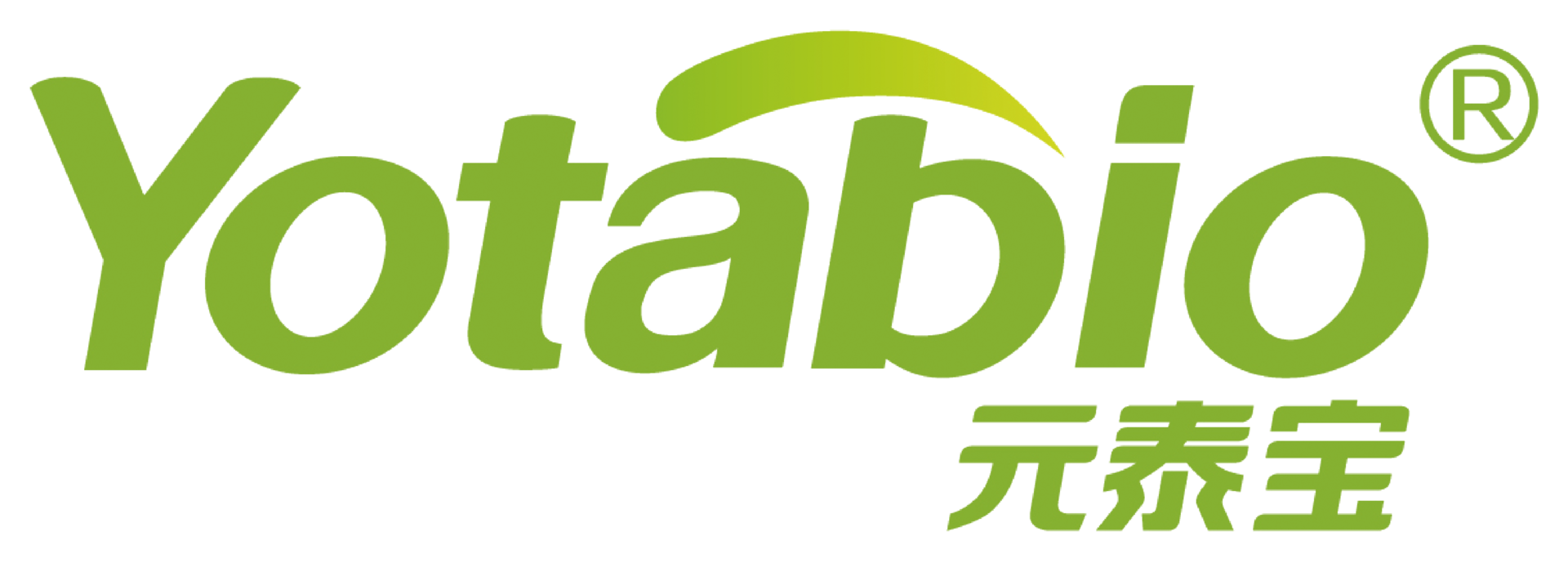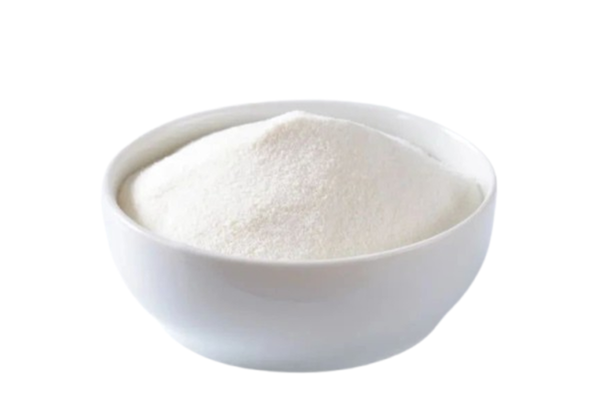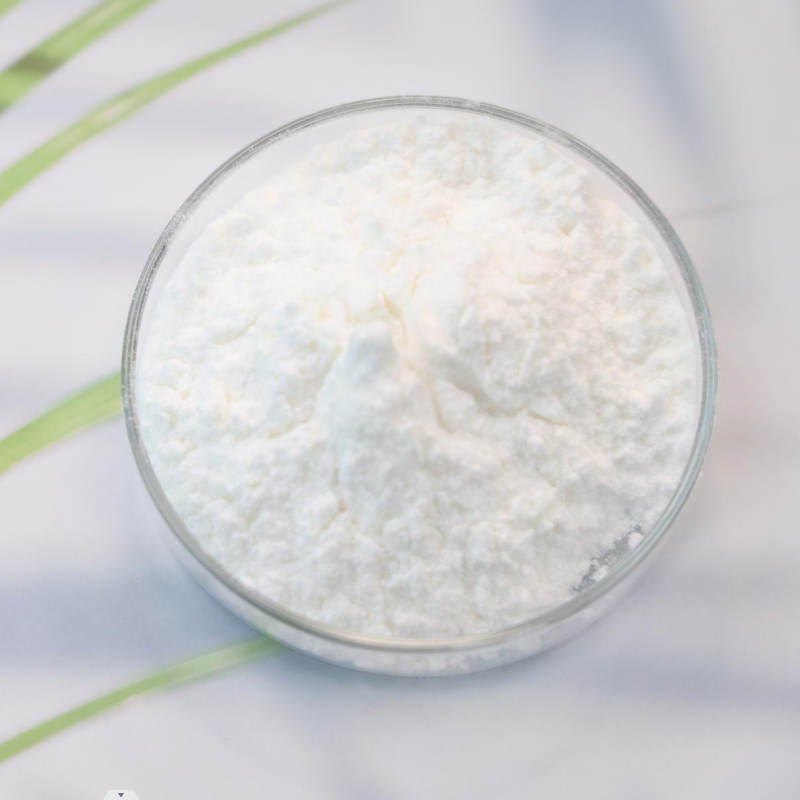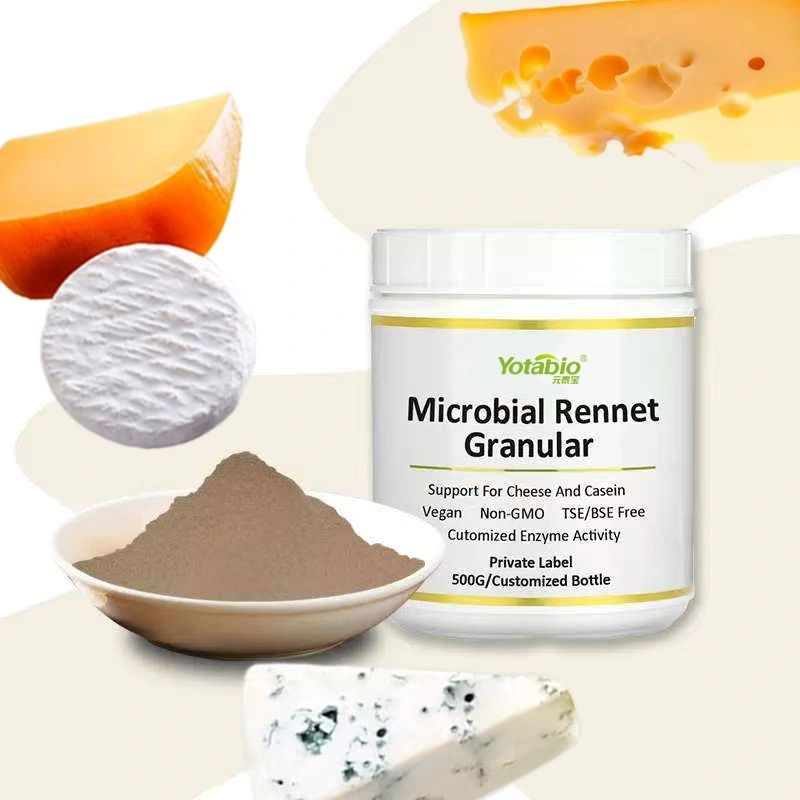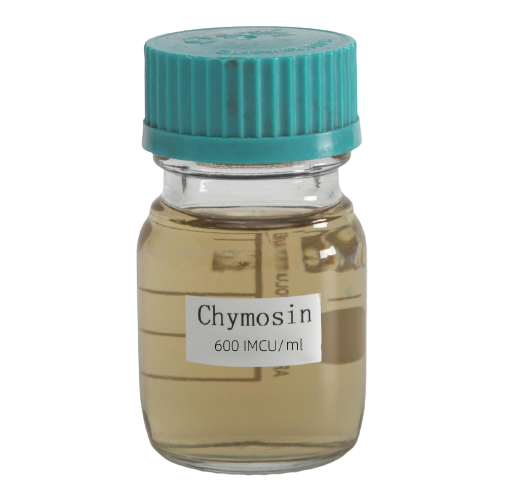PRODUCTS
 ChitosanChitosan is fundamentally a naturally occurring polymer derived from chitin. Chitin is a major structural component found in the exoskeleton of crustaceans (like shrimps, lobsters, crabs), insects, and the cell walls of fungi and yeast. It is considered the second most abundant polysaccharide in nature, after cellulose.
ChitosanChitosan is fundamentally a naturally occurring polymer derived from chitin. Chitin is a major structural component found in the exoskeleton of crustaceans (like shrimps, lobsters, crabs), insects, and the cell walls of fungi and yeast. It is considered the second most abundant polysaccharide in nature, after cellulose.
Chitosan is obtained by the deacetylation of chitin. This process typically involves treatment with hot alkali, specifically enzymatic methods. Chitin is considered a polymer of glucosamine and N-acetyl glucosamine where the deacetylated units are in a minor proportion. Chitosan, in contrast, is where the deacetylated units are in major proportion or their distribution allows dissolution in aqueous diluted acid solutions. Chitin has a high acetyl content and is hydrophobic, whereas deacetylation into chitosan makes it more "water and organic solvents friendly".
Chemically, chitosan is a linear polysaccharide composed of β-(1-4) linked D-glucosamine and N-acetyl-D-glucosamine units. A key feature of its chemical structure is the predominant presence of units with amino groups. These amino groups are located at the C-2 position of the glucosamine units. The molecule also possesses hydroxyl groups at the C-6 (primary) and C-3 (secondary) positions. These functional groups, particularly the free amino groups, make chitosan more reactive than chitin and available for chemical reactions and salt formation with acids.
Two of the most important parameters that characterize chitosan and significantly influence its physical, chemical, and biological properties are the degree of deacetylation (DD) and the molecular weight (MW).View More Buffered VinegarFRESHMIX BV is a natural product based on a label friendly ingredient: white distilled vinegar. The white distilled vinegar is produced by fermentation using specifically selected food cultures.View More
Buffered VinegarFRESHMIX BV is a natural product based on a label friendly ingredient: white distilled vinegar. The white distilled vinegar is produced by fermentation using specifically selected food cultures.View More Microbial RennetMicrobial rennet, also known as microbial coagulant or microbial enzyme, is a type of rennet used in the cheese-making process. It is derived from Rhizomucor miehei. This enzyme plays a crucial role in coagulating milk, causing it to separate into curds and whey.View More
Microbial RennetMicrobial rennet, also known as microbial coagulant or microbial enzyme, is a type of rennet used in the cheese-making process. It is derived from Rhizomucor miehei. This enzyme plays a crucial role in coagulating milk, causing it to separate into curds and whey.View More ChymosinCheese Making milk clotting enzyme chymosin plays a critical role in the digestion of milk, particularly in aiding the coagulation of milk proteins to form curds. Chymosin is commonly used in the production of cheese, as it helps to separate the curds from the whey and to create the desired texture and flavor in the final product. It is also used in some medical and pharmaceutical applications, such as in the preparation of certain drugs and as a digestive aid for people who are unable to produce sufficient levels of chymosin on their own.View More
ChymosinCheese Making milk clotting enzyme chymosin plays a critical role in the digestion of milk, particularly in aiding the coagulation of milk proteins to form curds. Chymosin is commonly used in the production of cheese, as it helps to separate the curds from the whey and to create the desired texture and flavor in the final product. It is also used in some medical and pharmaceutical applications, such as in the preparation of certain drugs and as a digestive aid for people who are unable to produce sufficient levels of chymosin on their own.View More Cultured WheatCultured wheat is an innovative ingredient gaining prominence in the bakery industry for its dual role as a natural preservative and flavor enhancer. Derived from the fermentation of wheat using specific bacteria, such as Propionibacterium freudenreichii, cultured wheat provides a clean-label alternative to synthetic preservatives, responding to consumer demand for healthier and more transparent food options. Its notable antimicrobial properties help extend the shelf life of various baked goods, including breads, pastries, and cookies, making it a versatile solution in modern baking practices.View More
Cultured WheatCultured wheat is an innovative ingredient gaining prominence in the bakery industry for its dual role as a natural preservative and flavor enhancer. Derived from the fermentation of wheat using specific bacteria, such as Propionibacterium freudenreichii, cultured wheat provides a clean-label alternative to synthetic preservatives, responding to consumer demand for healthier and more transparent food options. Its notable antimicrobial properties help extend the shelf life of various baked goods, including breads, pastries, and cookies, making it a versatile solution in modern baking practices.View More Cultured DextroseCultured Dextrose is a food ingredient produced through a natural fermentation process, mainly from glucose in the presence of food-grade microorganisms such as lactic acid bacteria. The organic acids, natural metabolites and antimicrobial peptides produced during the fermentation process give it natural antibacterial and preservative properties, making it an ideal alternative to Clean Label food preservatives.View More
Cultured DextroseCultured Dextrose is a food ingredient produced through a natural fermentation process, mainly from glucose in the presence of food-grade microorganisms such as lactic acid bacteria. The organic acids, natural metabolites and antimicrobial peptides produced during the fermentation process give it natural antibacterial and preservative properties, making it an ideal alternative to Clean Label food preservatives.View More

{item.title}
{item.description}
View More
